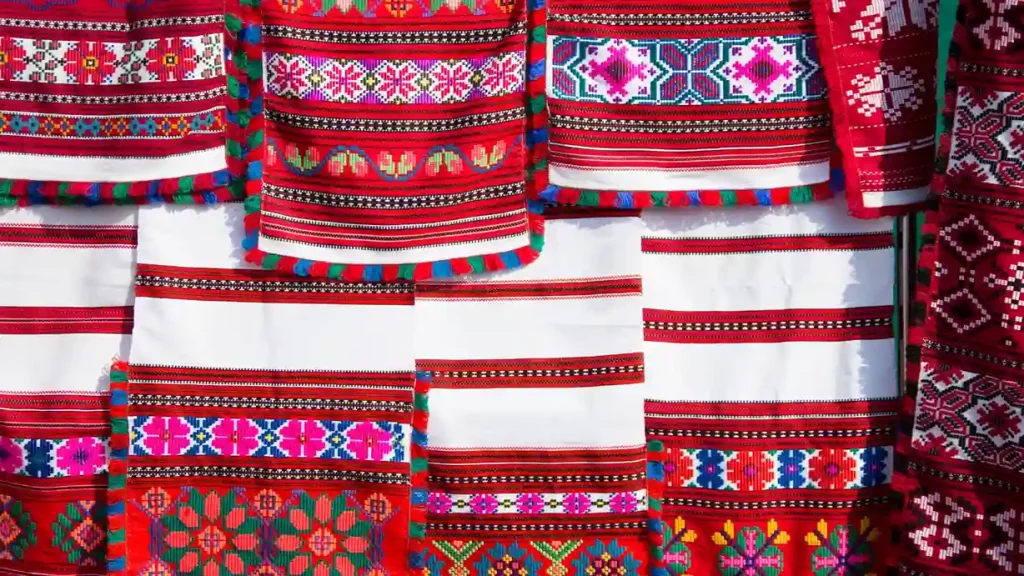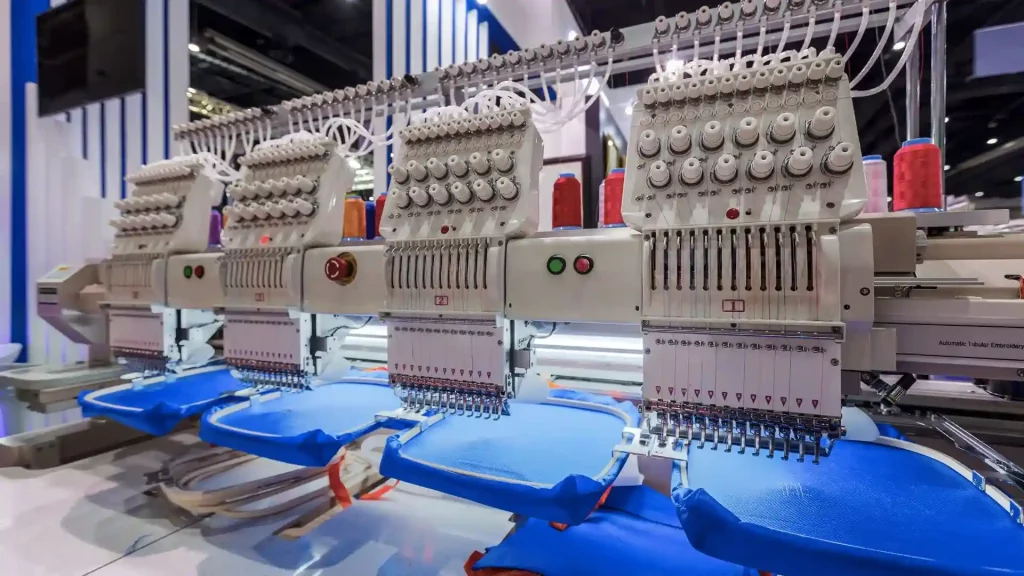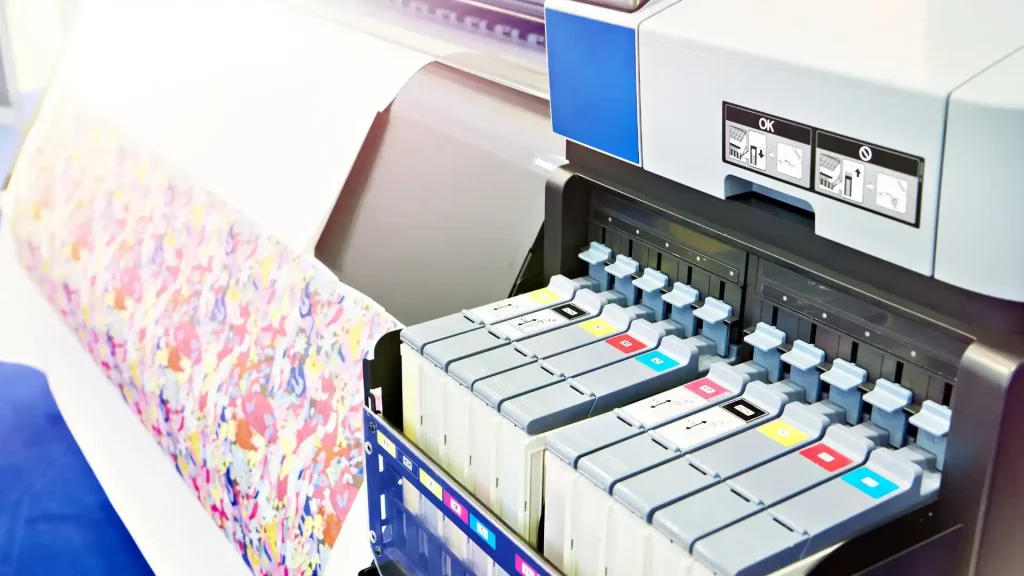
How To Sew A Patch On A Hat
Learn how to sew a patch on a hat in this ultimate step-by-step blog! Replace It: A Beginner’s Guide for Sewing a Popular Hat Patch
Are you interested in knowing the fascinating history of embroidery? Then read this blog and explore the diverse history and development of embroidery. In this blog we’ll cover how and from where embroidery originated and its significance in different cultures. We’ll also see its evolution through different ages and the advancements that have taken place in the world of embroidery. Let’s dive into and find the answer of what is the history of embroidery?
The history of embroidery goes way back to when people first started making fabrics. It is believed that embroidery is originated from China and the Near East. Early embroidery techniques has been traced in Cro-Magnon era or 30,000 B.C where archaeologists found preserved relics of hand-made, decorated clothes, boots and hats as well. The Chinese are acknowledged for developing some of the earliest techniques. They used silk threads in order to create intricate designs. Embroidery was highly appreciated and became a symbol of nobility and luxury.
Study also shows the origins of embroidery in Ancient Egypt, Greco-Roman world and South Asia. In Egypt, archaeologists discovered the specimens of early embroidery, especially as decorative elements on clothes and accessories. Egyptians used different materials to produce embellishments. Embroidery also has strong roots in Greco-Roman civilization where the Greeks and Romans incorporated embroidery into their clothes a sign of their social status and wealth. Embroidered clothing has also been found in Europe as well, dated from 300 to 700 AD.

In order to know the history of embroidery, let’s have an analysis of the different ages and discover how embroidery had a different significance in each era. And explore the evolution of embroidery through these ages.
In the medieval age, embroidery played very important role in the religious context. The biblical scenes and religious symbols were depicted on the clerical garments and altar clothes with the intricate embroidery. Nuns and monks used to create amazing art works in the monasteries thus making them the centers of embroidery production.
In the medieval ages new stitches and techniques emerged like; chain stitch, split stitch and couching which created complex patterns and detailed designs. Moreover, they used gold and silver threads and infused gemstones to create luxurious masterpieces.
In the Renaissance, the taste and interest of people changed. Now it has become the symbol of nobility and royalty. In the Renaissance royal and noble families used to wear embroidered garments, representing their wealth and status. The opulent textiles of the Medicis in Italy, are an example of their artwork of that era.
In the Renaissance, innovative and more complex stitches came into being, like stumpwork and raised embroidery. Different elements like pearls, silk and metallic threads became very popular, depicting the significance of the era. Thus embroidery became highly in demand skill among the elite class.
In the 17th century embroidery became an important part of fashionable and stylish outfit. Luxurious embroidered clothes were worn by both male as well as females, having the beautiful designs on bodices, collars and cuffs. Their embroidery patterns represented their prevailing tastes and interests.
In the 18th century, the skill of embroidery became an important part of women’s education in the whole Europe. Learning of embroidery was considered the part of youth’s transition into adulthood and young girls were trained in the craft of embroidery. The Industrial Revolution also brought a change in the history of embroidery as it transitioned the overall history of Europe. The first embroidery machine was manufactured in France, in the middle of 1800s.
These machines made the embroidery process automated, easier and faster, making it accessible for more people. Then reasonable materials were also being used in the embroidery thus losing its significance as a symbol of elite class. Rather it became accessible for common people too.
In the late 20th century, embroidery was not only associated with women. The men of high social status like King of Sweden Gustaf V and Hollywood actor Henry Fonda took embroidery as their hobby.
In this modern era, embroidery still remains an essential element of fashion and textile industry. Nowadays, experimental techniques, unconventional materials are used to create innovative designs. Now embroidery has become a source of self-expression. Moreover, advanced technologies and computerized embroidery machines are used to create intricate and detailed designs.

After exploring the history of embroidery timeline let’s move ahead and see the advancements in embroidery. Technology has made great advancements in the history of machine embroidery. Some of them are:
The establishment of computerized machines transformed the whole industry. In order to create complex, intricate and detailed designs, these machines use digital files, offering more precision and uniformity.
Digital embroidery software helps designers create, editing, and digitalize intricate designs effortlessly. It gives control over stitch types, lengths, and patterns. Digital images can be imported and then can be turned into embroidery patterns. Thus it opens the options for creativity.
The advanced technology introduces the technique of three-dimensional effects in embroidery. The artists can create textured and sculptural embroidered masterpieces by skillfully handling the stitches and infusing several materials.
Laser technology is used for the precise cutting of fabrics and materials. This technology increases the efficiency and accuracy of the embroidery process. This technique is really helpful for creating intricate designs.
The advanced materials have enlarged the options of embroidery. Specialty threads and fabrics, metallic threads, conductive threads for electronics and glow-in-the-dark threads offer a wide range of creative designs.
The advancement in embroidery has taken us in the world of wearable technology. Electronic components are fused with smart textiles, like sensors, conductive threads and interactive textiles through which you can respond to touch and pass on the data.
To sum up our discussion on the brief history of embroidery I’ll say that embroidery has a rich history. It spans the different centuries and cultures, depicting their tastes and interest. We discovered that in medieval ages embroidery was used in religious context and how it became a symbol of royalty and status in Renaissance. This blog also shows how Industrial Revolution transformed the history of embroidery, by introducing the embroidery machine. Moreover, we also covered how embroidery is still vibrant and diverse art even in 21st century. Rather this skill has flourished in this era of advancement and technology, captivating and inspiring the fashionists. So the history of hand embroidery tells us that it is not just the tale of past rather it is a living and ever-evolving legacy. Click here if you want to look up our embroidery hat patches.
Popular types of embroidery are: outline embroidery, candle wicking embroidery, white work embroidery, shadow work embroidery and patchwork embroidery. The most common types of embroidery stitches include: backstitch, running stitch, straight stitch, French knot, stem stitch, chain stitch, and satin stitch.
Yes, styles like Indian Zardosi, Japanese Sashiko and Hungarian Kalocsa embroidery have been admired internationally.
Just after the turn of the century, in 1911, the first multi-head embroidery machine was invented, allowing users to produce multiple pieces of work at once.
If you are a beginner then you can start by getting basic embroidery supplies and exploring online tutorials, or joining local embroidery groups for embroidery.
No spam, notifications only about Latest posts, updates.

Learn how to sew a patch on a hat in this ultimate step-by-step blog! Replace It: A Beginner’s Guide for Sewing a Popular Hat Patch

How To Attach Leather Patch To Hat: A Step-by-Step Guide for Excelling at Joining Leather Patches likes a Star to Your Number One Hats! “Discover

How to Put a Patch on a Hat without Sewing: A Step-by-Step Guide for the Craft of Non-Sewing Reforming your Hat Customization Hats act as

How to Make Sublimation Hat Patches, Step Up Your Hat Game With Do It Yourself DIY Project At Home “Discover best methods on how to

How to Attach PVC Patch to Hat: A Step-by-Step Guide for Excelling at Adding PVC Patches to Your Hats Like A Pro “Discover a step-by-step

Discover The Art Of How To Make Velcro Patches And Craft Your Own Trendy Velcro Patches Are you curious to learn how to make velcro
Don’t miss our future updates! Get Subscribed Today!
©2024 hatspatches.com - All Rights Reserved
WhatsApp us